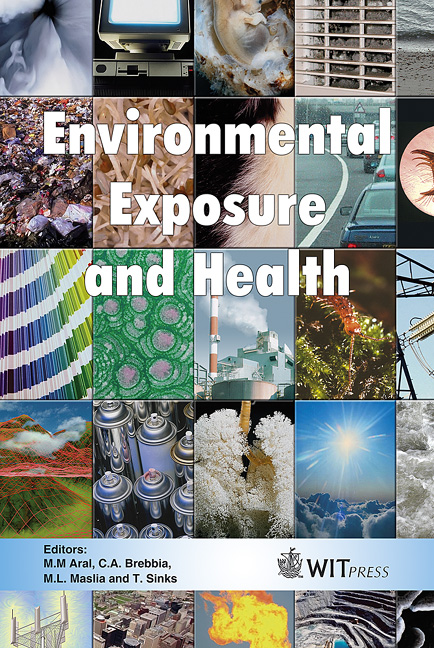Distribution Of Immunoglobulins A, G And M Among Individuals Living In Communities Potentially Exposed To Low-level Environmental Exposures
Price
Free (open access)
Transaction
Volume
85
Pages
7
Published
2005
Size
233 kb
Paper DOI
10.2495/EEH050261
Copyright
WIT Press
Author(s)
D. M. Williamson, M. C. White, C. Poole, D. Kleinbaum, R. Vogt & K. North
Abstract
Communities living near hazardous waste sites are concerned about what impact releases from these sites are having on their health. Although little is known about how the immune system is affected by exposure to hazardous substances at the low levels typically seen with environmental exposures, it has been postulated that living near a hazardous waste site can damage the immune system although these effects have rarely been studied. The purpose of this study is to re-evaluate immunoglobulin A, G and M levels from six crosssectional studies conducted in the United States to determine whether individuals who live near several Superfund sites are more likely to have test results below or above the reference range than individuals who live in comparison areas with no Superfund site. The results indicate that: 1) individuals who live near a Superfund site were more likely to have IgA test results above the reference range than comparison area residents; 2) that individuals living closer to military bases were less likely to have IgA test results below the reference range than individuals who lived in the comparison neighborhood; and 3) residents who lived near the industrial complex in Kentucky with potential ambient air exposure to heavy metals and other chemicals were more likely to have IgG test results above the reference range than comparison area residents. Because the reference ranges used for this analysis were age- and sex-adjusted, the observed variability in immunoglobulin results is unlikely to be due to residual confounding by age and sex. Keywords: immunoglobulin, environmental exposures, Superfund, community concerns.
Keywords
immunoglobulin, environmental exposures, Superfund, community concerns.




